Last week, we got kohlrabi in our CSA boxes for a second time in a row. Chatting with a fellow CSA* member she complained, "Why did we get kohlrabi again? Can't they just give us vegetables we know?" Our personal vegetable kingdoms are frequently divided between "vegetables we know" and "everything else." The former category includes perennial favorites like tomatoes, lettuce, cucumbers and peppers. The latter is a dumping ground for those vegetables we never buy or that don't have instant taste appeal, like kohlrabi, collards, radishes, turnips, parsnips, and celeriac.
If we can go to the store and buy easy things like carrots and spinach, why go to the effort of buying and cooking odd vegetables that present such preparation and palatability challenges? It's a fair question, and I've often asked it of myself, especially since our classes frequently use vegetables from the "everything else" category.
The answer can be summed up in one word: Diversity.
I recently attended Food: Our Global Kitchen, at the Colorado History Museum. Two juxtaposing displays really drove home the point of diversity. The first described how, at the time of the tragic Irish Potato Famine, millions of Ireland's population subsisted largely on just one crop, the potato. To make matters worse, they relied on just one variety of potato. So when the pathogen P. infestans (a/k/a potato blight) struck in 1845, it "spread alarmingly quickly, cutting yields from that year's harvest in half. By the next year, harvest from potato farms had dropped to one quarter of its original size." In the ensuing famine, over one million people died of starvation.
The second display described a very different situation across the globe, where native populations in the Andean highlands had developed nearly 4000 potato varieties over thousands of years, each capable of withstanding different diseases, pests, water availability, soil conditions, etc. So even though P. infestans is believed to have originated in Peru, the Andean region was spared its devastation.
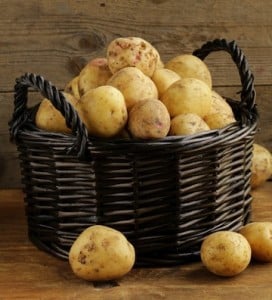 My great grandmother was a Potato Famine emigrant, so these displays really left me shaken. Monoculture, i.e., the practice of planting acres and acres with a single variety of a single plant, leaves us so frighteningly vulnerable — just one disease from disaster. Sadly, we haven't learned much. Not many years after the Irish Potato Famine, American farmers continued planting fields upon fields with just a few varieties of potatoes. These became an "ocean of breakfast" for the next potato scourge: the Colorado potato beetle, which has been a continuing pest epidemic ever since, kept in check only by massive and multiple applications of pesticides.
My great grandmother was a Potato Famine emigrant, so these displays really left me shaken. Monoculture, i.e., the practice of planting acres and acres with a single variety of a single plant, leaves us so frighteningly vulnerable — just one disease from disaster. Sadly, we haven't learned much. Not many years after the Irish Potato Famine, American farmers continued planting fields upon fields with just a few varieties of potatoes. These became an "ocean of breakfast" for the next potato scourge: the Colorado potato beetle, which has been a continuing pest epidemic ever since, kept in check only by massive and multiple applications of pesticides.
What's to save us? Diversity.
It's the "technology" Nature has always deployed to keep disease and pests in check. Faced with a riotous mix of species and varieties, insects and pathogens can't multiply and adapt to dangerous levels.
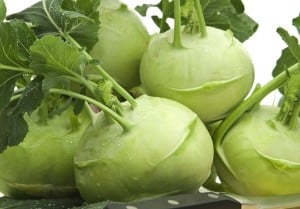 Which brings us back to turnips, kohlrabi, and radishes. The more odd things on our farms, the less we are vulnerable to massive crop failures. And should pests or hail or a water shortage bring down one crop, there's a good chance the damaging condition will have little or no affect on other crops or varieties. Last year, for instance, our CSA farm was hit by fury of hail that sheared the tops off most crops-but all the root crops were safely buried in the ground. So we rued the loss of Monroe's famous melons, but cheered at the bounty of carrots, potatoes, beets, and celeriac.
Which brings us back to turnips, kohlrabi, and radishes. The more odd things on our farms, the less we are vulnerable to massive crop failures. And should pests or hail or a water shortage bring down one crop, there's a good chance the damaging condition will have little or no affect on other crops or varieties. Last year, for instance, our CSA farm was hit by fury of hail that sheared the tops off most crops-but all the root crops were safely buried in the ground. So we rued the loss of Monroe's famous melons, but cheered at the bounty of carrots, potatoes, beets, and celeriac.
Diversity yields benefits on a personal level, too. As we eat a greater variety of foods, our bodies benefit from a wider range of nutrients. In fact, our CSA farmer, says this is an important reason for including vegetables from the "everything else" category, i.e., so members get a chance to try and benefit from new foods. And there's nothing like a variety of tastes — from the sweetness of peaches to the earthiness of turnips — to create a dish with deep, well-rounded flavor.
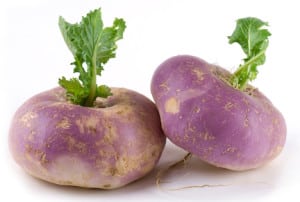 In a world where easy and familiar vegetables are shipped in to your grocery store no matter the month, it's easy to ignore the odd vegetables. But perhaps you want to help transition us to an environmentally sound, resilient food system, where tomatoes aren't shipped in from places 1,000 miles away and we aren't dependent on drought-ravaged California for 90% of our food supply. One of the best ways to contribute is also one of the easiest: simply buy, use and create demand for the odd vegetables.
In a world where easy and familiar vegetables are shipped in to your grocery store no matter the month, it's easy to ignore the odd vegetables. But perhaps you want to help transition us to an environmentally sound, resilient food system, where tomatoes aren't shipped in from places 1,000 miles away and we aren't dependent on drought-ravaged California for 90% of our food supply. One of the best ways to contribute is also one of the easiest: simply buy, use and create demand for the odd vegetables.
And don't worry about the taste. Over time, our taste buds grow and develop so that we come to treasure the "unique" flavors of each member of the vegetable kingdom. Find ways to experiment and learn tricks and tips to make the odd vegetables a natural part of your diet.
Mary Collette Rogers is the author of Take Control of Your Kitchen.* In addition to writing, she offers kitchen makeover services, meal planning consultations, and classes on healthy cooking, in the hope of sharing her practical KitchenSmart habits and tools so busy people everywhere can enjoy wonderfully delicious and nourishing meals. Visit her at Everyday Good Eating.
*This post contains affiliate links. If the product is purchased by linking through this review, VegKitchen receives a modest commission, which helps maintain our site and helps it to continue growing!


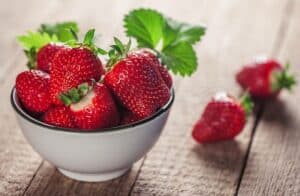
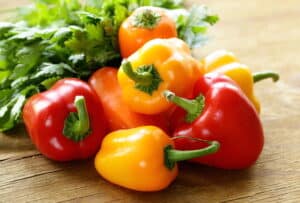
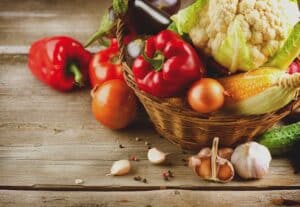
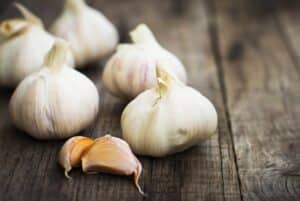
Julie says
Very interesting post. Made me think about which so called "other" vegetables I have neglected to purchase and consume.
Douglas Mosier says
When I was in elementary school (late 60s/early 70s) my grandfather would keep sliced raw turnips (that he'd grown in his own garden) in a big bowl of ice water in the fridge and that's what we snacked on when we were there. I still keep a bowlful in my fridge to this day (sometimes with kohlrabi slices, too). Thanks for the legacy, Gramps!